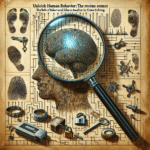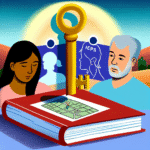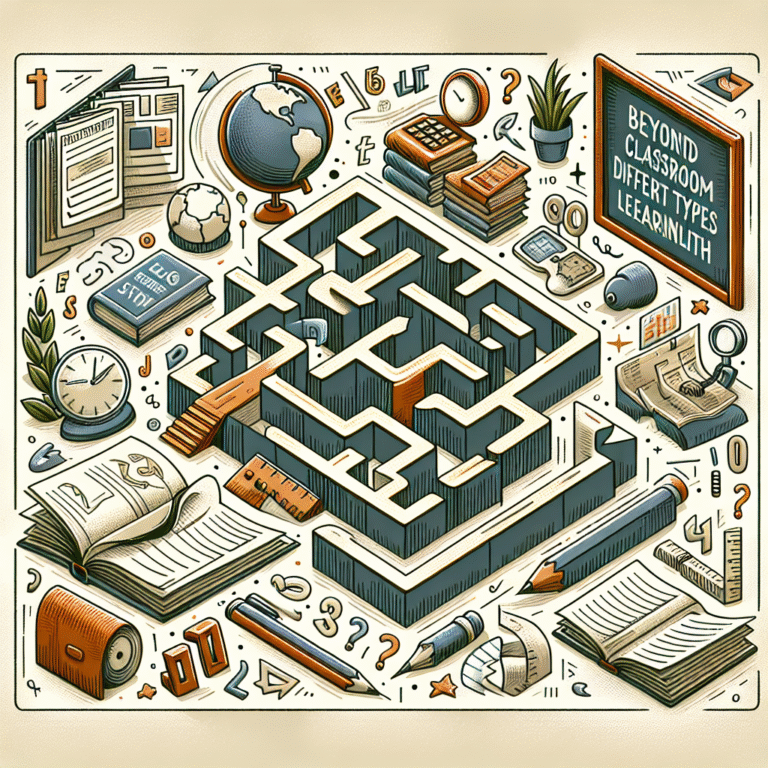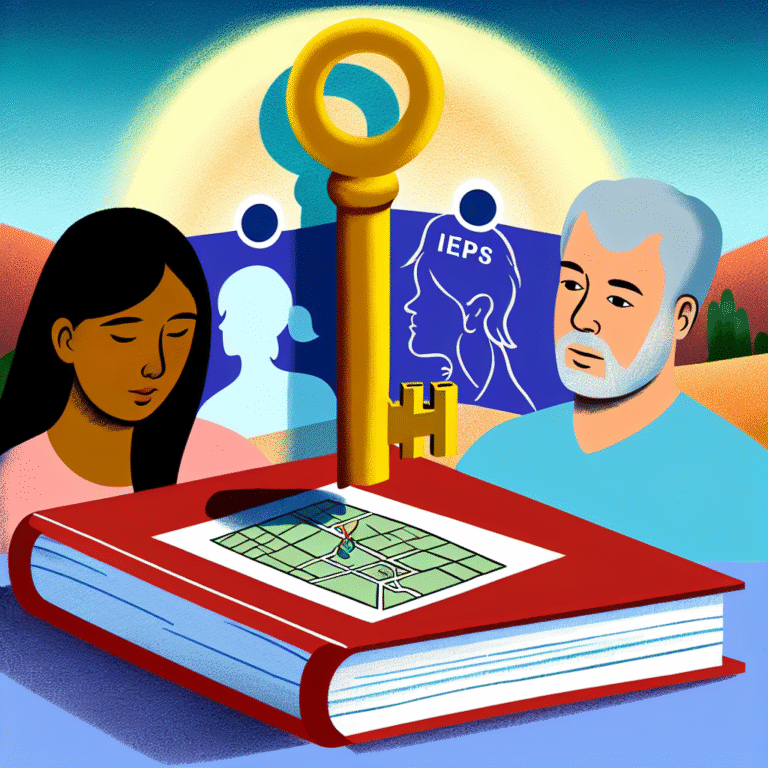
Introduction
In a world where truth and deception often collide, the ability to discern veracity from falsehood can dramatically alter the course of justice, relationships, and personal understanding. Enter the realm of forensic interviewing—a skill that is both an art and a science, designed not just to uncover the truth but to do so in a manner that is ethical, credible, and effective. Unlocking truths through forensic interviewing transcends simple questioning; it requires a blend of psychological insight, advanced communication techniques, and a solid grasp of human behavior.
The importance of forensic interviewing stretches beyond criminal investigations. It finds applications in corporate settings, child protection, and even personal relationships. In this article, we will explore the intricate layers of forensic interviewing, backed by foundational research, empirical insights, and powerful real-world case studies. Whether you are a law enforcement officer, a corporate leader, or simply a curious reader, the insights gathered in Unlocking Truths: The Art and Science of Forensic Interviewing will offer you valuable perspectives on how to navigate the complexities of human interaction.
The Foundations of Forensic Interviewing
What is Forensic Interviewing?
Forensic interviewing is a structured technique used to gather information from individuals, particularly in contexts where the accuracy of information is paramount. It is primarily employed in police investigations, but its methodologies have broader applications. Forensic interviewing encompasses the following elements:
- Structured Format: Developed protocols that guide interviewers to maximize information retrieval.
- Active Listening: Engaging with the interviewee to foster trust and openness, encouraging them to share their perspective freely.
- Psychological Insight: Utilizing knowledge of human behavior and motivations to probe deeper into discussions.
The Role of Communication in Forensic Interviewing
Effective communication is the linchpin of any successful forensic interview. It involves:
- Verbal Communication: Choice of words, tone, and clarity of expression.
- Non-Verbal Communication: Body language cues, eye contact, and facial expressions.
- Contextual Sensitivity: Acknowledging the background and potential biases of both the interviewer and the interviewee.
When each element is skillfully employed, it contributes to Unlocking Truths: The Art and Science of Forensic Interviewing.
Key Techniques in Forensic Interviewing
Establishing Rapport
Building rapport is central to facilitating open communication. When interviewees feel safe, they are more likely to share honest accounts. Here are some methods to establish rapport:
- Start with small talk to ease tension.
- Use the interviewee’s name often.
- Mirror body language subtly to foster connection.
Open-Ended Questions
Utilizing open-ended questions allows interviewees to express their thoughts more freely, providing richer and more detailed information. For example, instead of asking, “Did you see the suspect?” ask “What do you remember about the person you saw?”
The Cognitive Interview Technique
This research-backed technique focuses on aiding memory retrieval. It encourages interviewees to visualize the event and report everything they remember, even seemingly trivial details. Unlocking Truths: The Art and Science of Forensic Interviewing thrives on methodologies that enhance memory recall.
Case Study: The Cognitive Interview in Action
In 1994, when a key eyewitness to a bank robbery was interviewed using the Cognitive Interview technique, he recalled specific details about the getaway vehicle and the suspect’s attire that were crucial to the investigation. The successful application of this method exemplifies how systematic approaches can yield high-quality information.
Analysis
The use of the Cognitive Interview technique not only elicited valuable insights but demonstrated the power of psychology in unlocking truths. By enhancing memory retrieval through narrative-building, investigators were positioned to form a clearer picture of the events.
Understanding Deception
The Psychology of Deception
Understanding the psychology behind why individuals may lie is essential for forensic interviewers. People lie for various reasons including self-preservation, avoiding conflict, or manipulation. By grasping these motives, interviewers can formulate strategies that encourage truthful disclosure.
Identifying Deceptive Behavior
While no single cue definitively signals deception, some behaviors may be indicative:
- Inconsistent storytelling—details may change under pressure.
- Avoiding eye contact or exhibiting signs of nervousness.
- Overly elaborate responses that seem rehearsed.
Unlocking Truths: The Art and Science of Forensic Interviewing involves recognizing and interpreting these potential signals during interviews.
Case Study: The Power of Non-Verbal Cues
In a 2016 murder investigation, detectives utilized non-verbal cues observed during an interrogation. One suspect’s avoidance of eye contact and nervous fidgeting led investigators to scrutinize his alibi. As a result, they found inconsistencies in his account, which ultimately led to a confession.
Analysis
This case highlights the importance of non-verbal communication in forensic interviewing. Skilled interviewers who harness both verbal and non-verbal cues increase their chances of successfully unlocking truths.
Advanced Techniques: The Art and Science Behind Forensic Interviewing
Using Technology in Forensic Interviewing
With the advancement of technology, methodologies in forensic interviewing have evolved significantly. Tools such as video recordings of interviews serve not only to document proceedings but also aid in analysis. Additionally, software programs can analyze speech patterns and anomalies that may suggest deception.
Building a Forensic Interviewing Framework
Establishing a comprehensive framework for forensic interviewing can significantly enhance outcomes. Here are components to consider:
- Pre-Interview Preparation: Research the subject matter and formulate preliminary questions.
- The Interview Environment: Choose a location that is neutral and free from distractions.
- Post-Interview Reflection: Analyze the interview process to identify strengths and areas for improvement.
Case Study: Modern Technology Enhancing Forensic Interviews
In a corporate fraud investigation, a team utilized forensic interviewing, coupled with software to analyze recorded conversations among employees. This multi-faceted approach uncovered a complicated scheme of deception that had eluded investigators for months.
Analysis
Integrating advanced technology with traditional interviewing methods not only transformed the efficiency of the investigation but also underscored the importance of evolving techniques in Unlocking Truths: The Art and Science of Forensic Interviewing.
Ethical Considerations in Forensic Interviewing
Importance of Ethical Practices
Ethics play a crucial role in forensic interviewing. Interviewers must be aware of their responsibilities to both the interviewee and the justice system. They should:
- Avoid leading questions that could bias responses.
- Respect the interviewee’s rights and dignity.
- Maintain confidentiality of the information gathered.
Navigating Ethical Dilemmas
Interviewers often face moral questions, especially when dealing with vulnerable populations such as victims of crime or children. It is vital to prioritize ethical considerations to preserve the integrity of the interview process.
Case Study: Ethical Challenges in Child Interviews
A highly publicized child abduction case highlighted a significant ethical dilemma. Interviewers struggled to balance the need for information with the well-being of the young witness. Their commitment to ensuring a safe and supportive environment ultimately resulted in a breakthrough, aiding in the rescue of the child.
Analysis
This case serves as a reminder of the nuanced balance interviewers must maintain in Unlocking Truths: The Art and Science of Forensic Interviewing. Ethical practices not only protect the interviewee but also ensure that the information obtained is valid and reliable.
Conclusion
Forensic interviewing is more than a technique; it is an intricate dance of psychology, communication, and ethical practice. By skillfully Unlocking Truths: The Art and Science of Forensic Interviewing, professionals can bridge the gap between deception and honesty, leading to more informed decisions in critical situations.
As you embark on your journey into understanding forensic interviewing, remember that it is an expanding field shaped by ongoing research and practice. Whether you work in law enforcement, corporate environments, or even in personal interactions, embracing these principles can empower you to connect with others more effectively and discern truths that matter.
FAQs
1. What is the purpose of forensic interviewing?
Forensic interviewing aims to extract accurate, credible information from individuals, particularly in legal or investigative contexts.
2. How does the Cognitive Interview technique work?
The Cognitive Interview technique helps interviewees to recall memories by encouraging them to visualize events and report details in a structured manner, thereby enhancing information retention.
3. How do I build rapport with interviewees?
You can build rapport by engaging in small talk, using the person’s name, and adopting a relaxed demeanor—this helps create a trustful environment conducive to open communication.
4. What are some signs of deception during an interview?
Some signs may include inconsistent storytelling, avoidance of eye contact, or overly detailed responses that seem rehearsed.
5. Why are ethical practices essential in forensic interviewing?
Ethical practices are crucial for protecting the rights and dignity of interviewees, ensuring the information obtained is reliable and respects the individuals involved.
By understanding the art and science of forensic interviewing, we empower ourselves to uncover deeper truths in every interaction. This knowledge is not merely academic; it can transform the way we connect, communicate, and confront the complexities of human nature.















